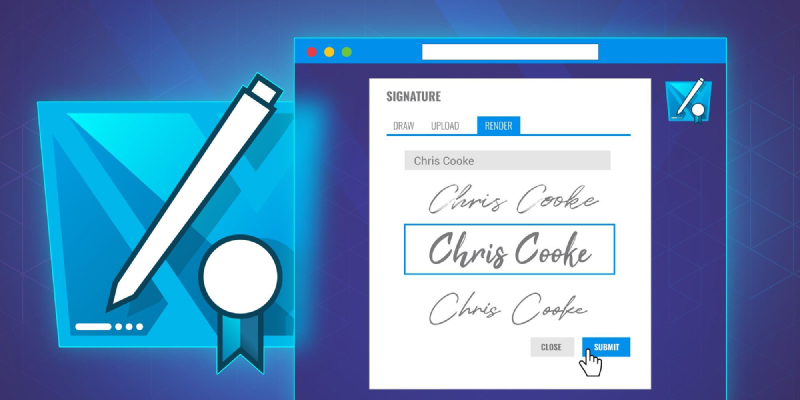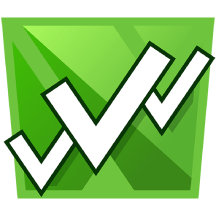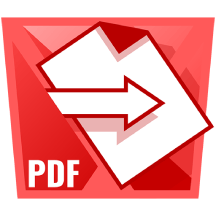Making Sure Your E-signatures Are Legal Worldwide

Electronic signatures were in use long before the pandemic, and their legal standing has been defined in various statutes since around 2000.
But they used to be a strategic asset: a flexible, fast, green, international relations booster. Then the lockdowns happened, wet ink signatures became unworkable, and e-signatures turned from an asset into a necessity. A survey of US business owners and individuals by airSlate showed that the use of e-signatures among businesses surged by 50% during 2020. The same survey confirmed that for most of them, e-signatures are here to stay.
In a world where many businesses have transitioned permanently to remote/hybrid workplaces, the importance of making binding agreements online continues to rise. Still, many businesses are rightly concerned about whether e-signatures are safe, legal, and valid in all the places they want to make contracts.
So, we’ve put together this quick guide to the legality of e-signatures in certain jurisdictions so you can make sure your global contracts stand up. We also discuss making international agreements in Confluence and Jira.
Three types of e-signature laws around the world
Most of the global laws on e-signatures fall into the following three categories.
Permissive
In permissive jurisdictions, few restrictions surround e-signatures and their application, and they’re legal and enforceable in almost every case. Permissive or minimalist e-signature laws tend to be technology-neutral, so it doesn’t matter how an agreement is signed electronically. E-signatures hold the same weight as handwritten ones.
Countries with permissive laws for e-signatures include the United States, Australia, Canada, and New Zealand.
Prescriptive
There are specific rules on how to create and sign agreements online. Prescriptive laws on e-signatures are the strictest and most difficult to comply with if you don’t have the right tech. They’re also the rarest type of e-signature law.
Only a handful of countries have prescriptive laws on e-signatures, and they include India, Brazil, Israel, and Malaysia.
Two-tier
Electronic signatures are legal and valid, but digital signatures carry more weight (more on the difference between digital and electronic signatures in a moment!). Digital signatures have the same status as handwritten ones. Although you may use any technology to make an electronic signature, there are also approved technologies for making digital signatures and rules for how they should be used.
The European Union takes the two-tier approach to e-signatures with the eIDAS regulation, along with South Korea, Thailand, and China.
What’s the difference between electronic signatures and digital signatures?
In two-tiered systems, digital signatures carry more weight. I know, I know, you probably thought digital and electronic signatures were the same. But while they’re often used interchangeably, there’s a big difference.
-
An electronic signature is any electronic input that indicates an intention to sign a document but doesn’t actually have to be a signature. It could be entering your name in a form field, checking a box, or both.
-
A digital signature is a type of electronic signature, but it adds an extra layer of security by using technology (called public key infrastructure or PKI) to encrypt the signature and ensure the signee is who they say they are.
In most cases, you don’t actually need a digital signature. Any electronic one will do.
E-signature laws around the world
E-signature law in the US
The ESIGN Act says that “if a law requires a signature, an electronic signature satisfies the law”. In the US, electronic signatures are given the same weight as wet ink ones in most cases.
Standard: Permissive
E-signature law in the EU
The Electronic Identification, Authentication, and Trust Services (eIDAS) regulation governs e-signatures in all 27 EU member states. It sets out the criteria for a “qualified electronic signature”, which is equivalent in evidentiary value to a handwritten signature. These criteria are:
- the signatory must be linked to and uniquely identified with the signature
- data used to create the signature must be under the sole control of the signatory
- the signature must come with a means of verifying that it has not been tampered with
Digital signatures, as described above, would come under the umbrella of qualified electronic signatures because the PKI technology would satisfy the three criteria.
Some countries require qualified electronic signatures on certain types of contracts, e.g. Poland requires them for employment contracts.
Although eIDAS places greater evidentiary weight on qualified electronic signatures, it also says that no electronic signature should be denied legal effect or admissibility as evidence solely because it doesn’t meet the requirements for qualified electronic signatures.
Standard: Two-tier
E-signature law in the UK
Post-Brexit, the UK continues to follow the eIDAS regulation, which means all types of electronic signatures can be admitted as evidence, but eIDAS-compliant qualified electronic signatures have the highest evidentiary value.
Standard: Two-tier
E-signature law in Canada
The Personal Information Protection and Electronic Documents Act (PIPEDA) governs e-signatures in Canada and takes a broad approach. Any type of e-signature is allowed for almost any type of contract. E-signatures are given the same weight as wet ink signatures.
Standard: Permissive
Are most e-signature tools legal around the world?
The short answer is yes. As you can see, most countries have either permissive or two-tier laws when it comes to e-signatures. And even though two-tier laws, e.g. eIDAS, place more evidentiary weight on e-signatures that meet certain criteria, all types of e-signatures are still legal and valid under those laws.
This means that if you want to complete legal contracts in Confluence and Jira, the Marketplace apps Contract Signatures for Confluence and Contract Signatures for Jira allow you to make sure that they’re legal and enforceable in most jurisdictions.
Unlike DocuSign, which makes you export your Confluence documents and sign them in a different format and platform, Contract Signatures for Confluence enables the signing process to happen *in *Confluence – even if the signatory isn’t in Confluence. Same with Jira. Contract Signatures for Jira lets Jira and non-Jira users add e-signatures to Jira issues , turning those issues into quick contracts for work.
Although Contract Signatures doesn’t yet support qualified electronic signatures under eIDAS, it does support qualified electronic seals. Seals are an alternative to qualified electronic signatures when businesses are contracting with each other. A seal is used by a legal entity, i.e. a business or organization, and can be used by more than one person or system within the legal entity, including an automated system. For example, signed invoices issued by accounting software.
In effect, Contract Signatures ‘seals’ signed documents to ensure that they cannot be tampered with. At the end of the process, you get an audit certificate with timestamps, device IPs, and other identity-confirming information, as well as a link to verify the signed contract’s authenticity.
These apps enable you to complete contracts in Confluence and Jira that are safe, valid, and legal all around the world. Try Contract Signatures for Confluence or Contract Signatures for Jira for free on the Atlassian Marketplace.






